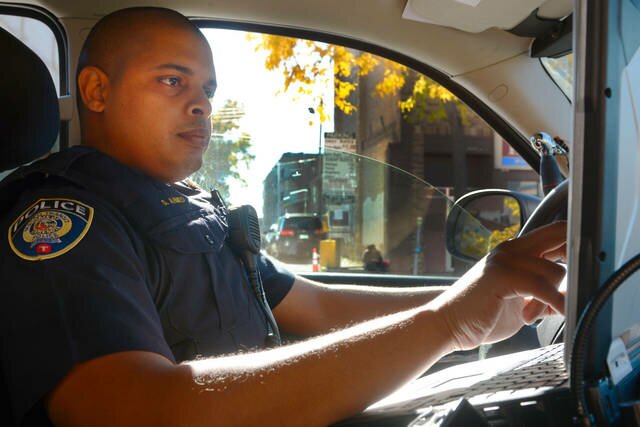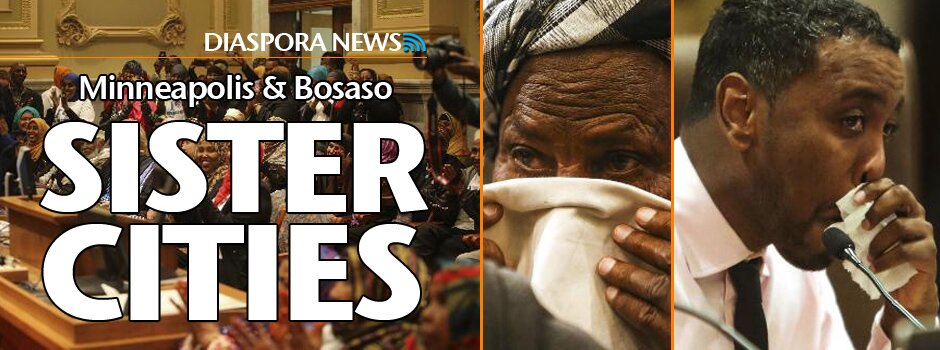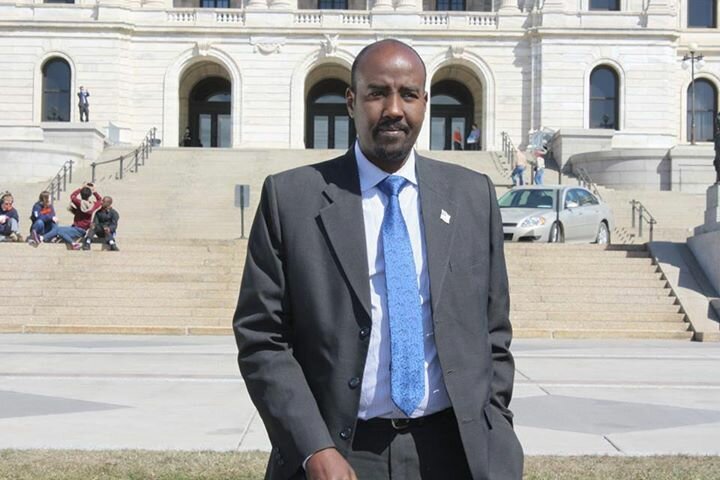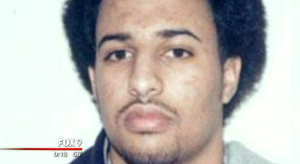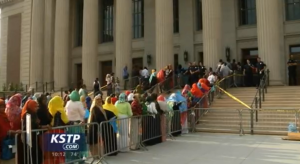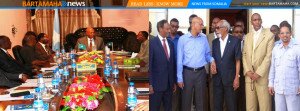Minnesota students are home after being airlifted from Peru floods
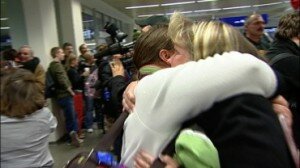
MINNEAPOLIS — Some Minnesota college students are home Saturday after a trip to South America took a harrowing twist.
21 Gustavus Adolphus students and two professors had to be airlifted out of the area near the Inca ruins of Machu Picchu in Peru after floodwaters destroyed the only train tracks out of town.
The group had spent all of January in Peru, learning about health care, poverty and education. The overnight excursion to Machu Picchu last weekend was supposed to be a way to celebrate their final days in the country. But instead it turned into five days of uncertainty.
They were finally rescued by U.S. helicopters on Thursday after hundreds of other tourists had been evacuated as well.
Saturday at Twin Cities International Airport, people with Gustavus sweatshirts circled an airport escalator waiting for their loved ones to step back down on Minnesota soil.
Janet Fitzgerald of Lakeville was waiting for her daughter Alyssa Fitzgerald. She says when she first heard the students were stranded.
“I was a little nervous, especially when I heard people had been swept away,” Fitzgerald said.
But she says she was soon reassured by Gustavus staff that the students were in a hotel and safe.
Sandra Fenner-Abel’s daughter, Nicole Abel was also on the trip. As she waited for her Saturday, she described how she felt.
“Butterflies in the stomach, heart’s pounding and when I see the whites of her eyes I will be very happy,” Fenner-Abel said.
And then just before noon, 21 students and two professors were finally home, giving hearty hugs to those waiting for them.
Nicole Able talked about the trip to Machu Picchu. She said on their way there in the evening, their tour guides were marveling at just how high the river was. She said “the river was extremely flooded. The train tracks are right by the river. It never clicked with us this could keep rising this could be a problem.”
The next morning, they went to see Machu Picchu. When they were ready to leave, floodwaters covered the tracks, the only way out, and they were stranded for five days.
Professor Deborah Pitton, co-leader for the trip, said “we had great guides on the ground who helped us find a hotel, find restaurants. At that point the ATMs were out of money and a lot of places didn’t take credit cards. So we were like, ‘Sooo what should we do?’”
Eventually U.S. helicopters arrived but these students had to wait their turn with nearly thousands of other tourists who wanted out as well. Pitton says some of the other tourists didn’t think the U.S. students should automatically get to go first. And she says she agreed.
“When the Peruvian government stepped in and had a system, it actually made things easier. Pregnant women, children and those who were sick were airlifted first,” Pitton said. “Then people were evacuated oldest to youngest. That meant the Gustavus students, who are young and healthy, weren’t airlifted until Thursday.”
“We tried to be tourists and it didn’t turn out so well. But the helicopter ride was fun and we’re here. I can’t believe it,” Alyssa Fitzgerald said.
While the Gustavus students say their situation was a little scary at first, due to the uncertainty, overall they felt safe and taken care of. And while they’re happy they’re in Minnesota, they still feel for those who call the flooded Machu Picchu area home.
Professor Mary Solberg, the other co-leader for the trip says “putting it all in perspective, we think we’re very fortunate.”
At least five people have died as a result of the flooding and mudslides in Peru. Authorities say it could be two months before rail lines to the region around of Machu Picchu are restored.
That leaves the Peruvians who make a living from tourist dollars there without income for weeks.
Source: kare11.com
Comments
comments
 Calendar
Calendar








